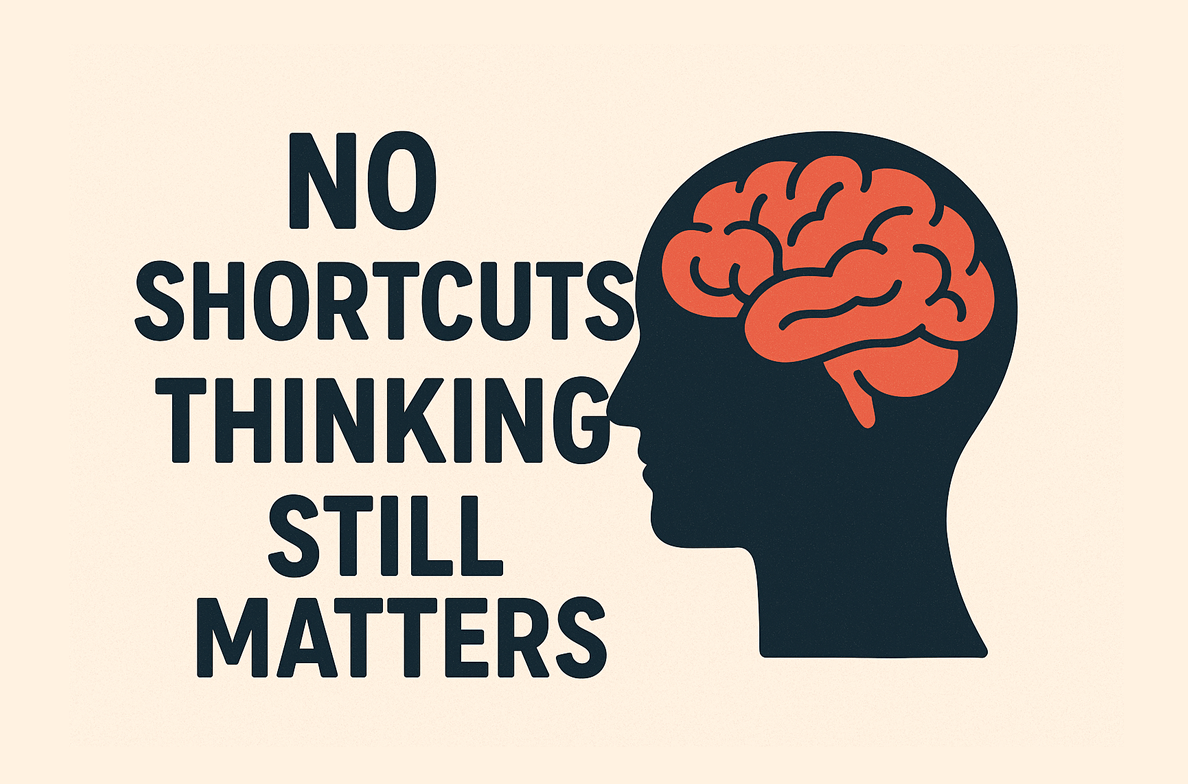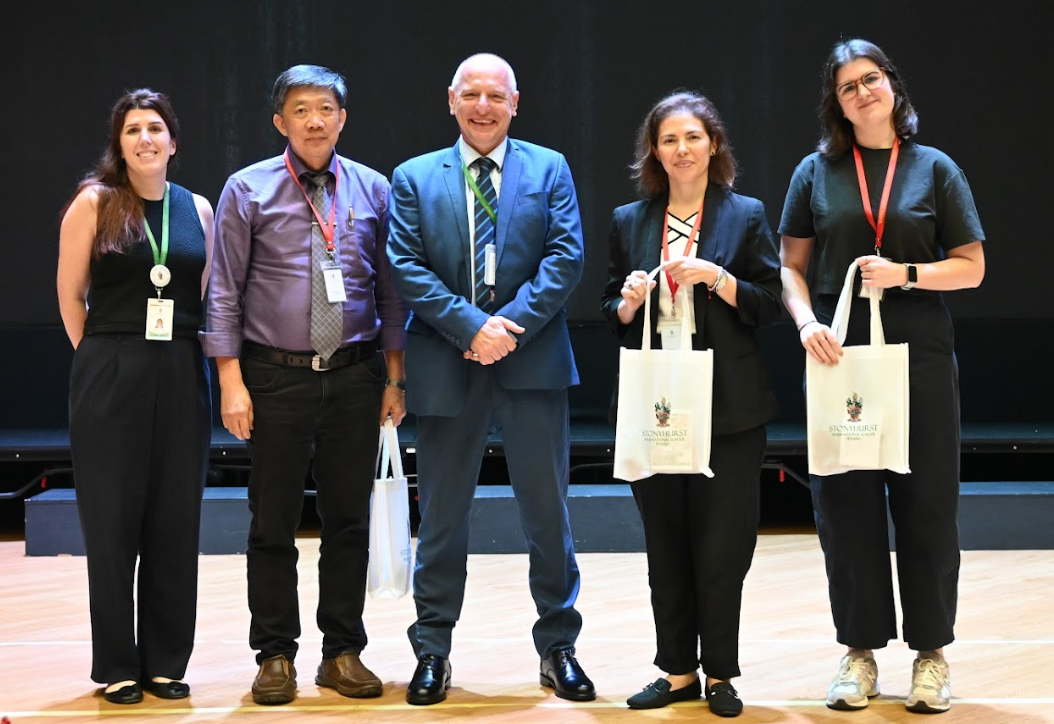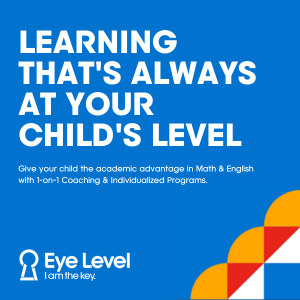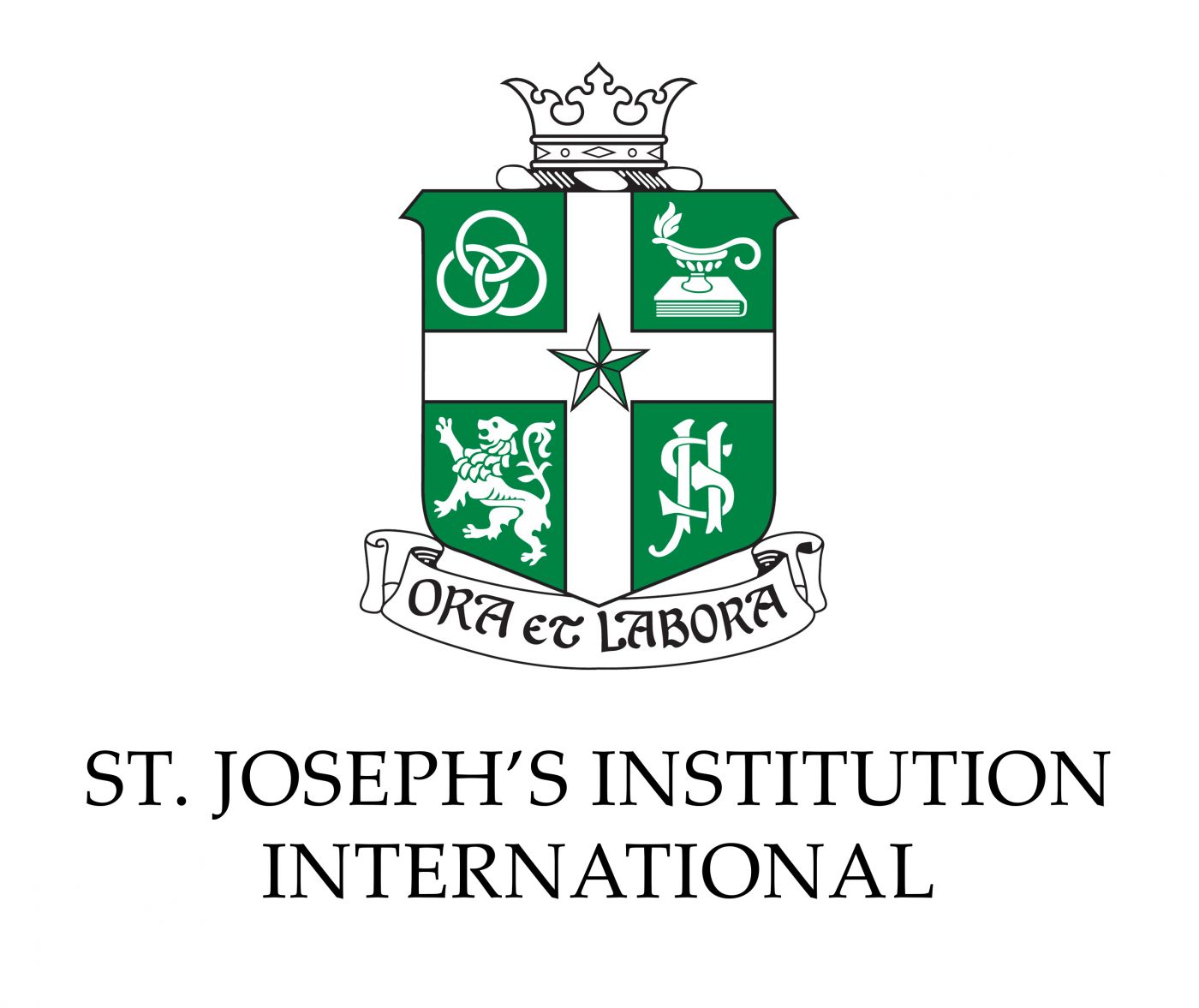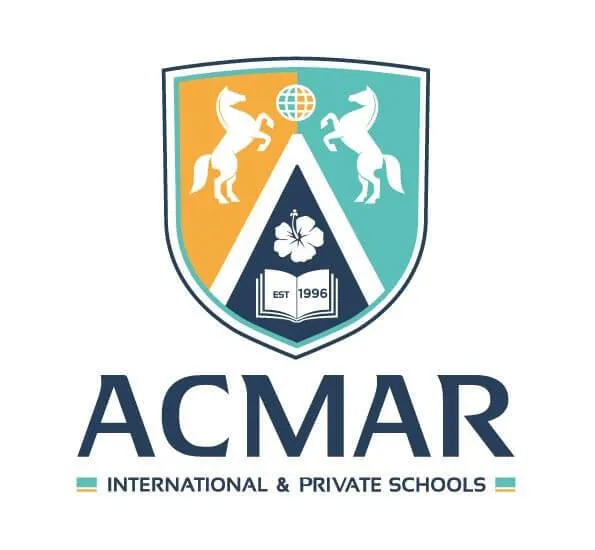
A learning disability is defined as a neurological disorder that interferes with basic skills such as reading, writing, spelling and counting. Children with learning disabilities often have trouble keeping up with schoolwork and concentrating in the classroom. However, these children can lead normal lives if their disabilities are identified early in order for suitable help to be given.
Here are five learning disabilities commonly found in children.
1. Dyslexia
Dyslexia is a language-based disability that affects spelling, reading and comprehension. Children with dyslexia have difficulty with letter recognition and have low phoneme awareness. For example, they confuse similar looking letters like ‘p’ and ‘b’. They also find it hard to identify symbols with their matching sounds. Many dyslexic children have no problem communicating verbally and are more inclined towards the arts.
2. Dyscalculia
Children with dyscalculia find it difficult to grasp mathematical concepts. These concepts include numerical organisation, understanding quantity and calculating value and time. They struggle with following and remembering steps when solving a mathematical problem. For example, dyscalculic children do not understand that ‘5’ is also ‘five’ and have trouble recalling mathematical facts and formulas.
3. Dysgraphia
Dysgraphia concerns the physical act of writing. Children with dysgraphia have difficulty holding a pencil and have little spatial awareness. This results in illegible writing, poor spelling and inconsistent spacing. They have trouble reproducing or copying a letter or shape from reference or memory. Children with dysgraphia also find it hard to multitask thinking and writing, both which are needed to write a story or essay. This may lead to missing facts and errors in grammar and punctuation.
4. Dyspraxia
Dyspraxia is a condition where there is delayed neurological development in muscle coordination and movement. Children with dyspraxia have difficulty with hand-eye coordination which affects everyday tasks such as holding a pencil and tying shoelaces. They might also have trouble coordinating their muscles to pronounce certain words. Dyspraxia also affects the ability to plan, organise and carry out movements in the right order.
5. Attention Deficit Hyperactivity Disorder (ADHD)
ADHD can be broken down into two elements, inattentiveness and hyperactivity. Inattentive children have a short attention span which results in trouble paying attention and focusing on a task. This is why they often struggle in traditional classroom settings. Besides that, they commonly forget things or misplace their belongings. Hyperactive children are restless and fidget constantly. Other signs of hyperactivity include excessive talking, acting without thinking and having little sense of danger.
Many international schools today have provisions and support for students with special educational needs. It is important not to equate learning disabilities with a lack of intelligence or motivation. Children with learning disabilities are often as smart or smarter than their peers. The only difference is that they have to learn things in a different way.













